Survey launched on police use of surveillance camera systems
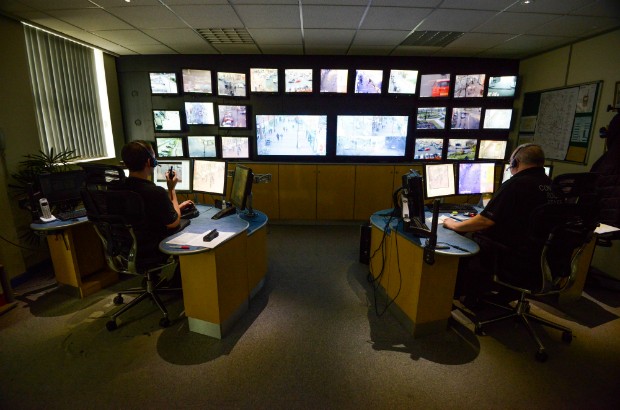
I am beginning the process of gathering the latest information from all police forces under my jurisdiction on their use of overt surveillance camera systems.
Automatic Number Plate Recognition

I am beginning the process of gathering the latest information from all police forces under my jurisdiction on their use of overt surveillance camera systems.
Officially one year into my term as the Biometrics and Surveillance Camera Commissioner, I gave the keynote speech at the NPCC’s National CCTV Conference in Bristol recently. I took this opportunity to reflect on several trends emerging of the last …

It sounds like a book that the genius neurologist, the late Dr. Oliver Sacks might have written but it’s a true surveillance story that caught the attention of industry professionals last week. Suppliers, manufacturers and installers at the Global MSC …

Technology using biometric data is progressing at a rapid pace. Finding the right balance between the privacy concerns and entitlements of the individual while harnessing new technology responsibly, accountably and proportionately is proving to be a significant challenge for policing today; tomorrow’s technology will make it even more so. Which is why there needs to be an informed and realistic response to the government’s idea of soaking up the Biometrics and Surveillance Camera Commissioner functions within a data regulator’s role which is buried at the end of the DCMS’ ongoing broad consultation.
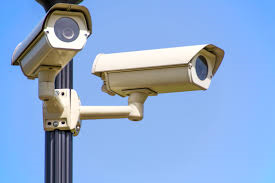
The government has launched a consultation on proposed alterations to the Surveillance Camera Code of Practice. This is the first revision to the Code since its introduction in June 2013.

Hello! I’m Fraser Sampson, the new Surveillance Camera Commissioner (and Biometrics Commissioner too). I came into post on 1 March and with so much going on in both the world of surveillance and biometrics, I’m sure the next few weeks and months are going to be busy, but I think this is an exciting time and I’m looking forward to the road ahead.
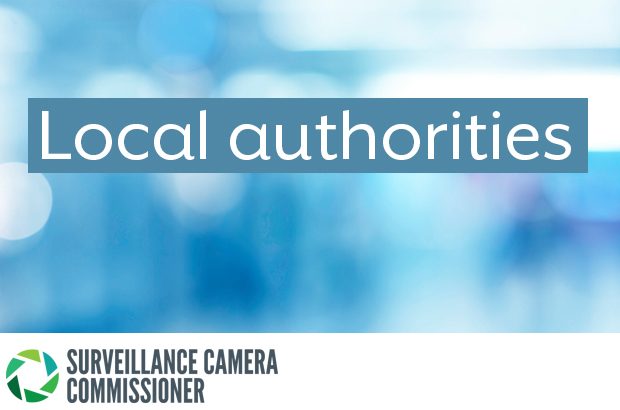
Earlier this year I sent a survey to LAs in England and Wales to gain a better understanding as to the extent to which they were complying with their statutory responsibilities arising from Section 33(1) of the Protection of Freedoms Act 2012 (PoFA) and the Surveillance Camera Code of Practice, in connection with their use of overt surveillance camera systems in public places.
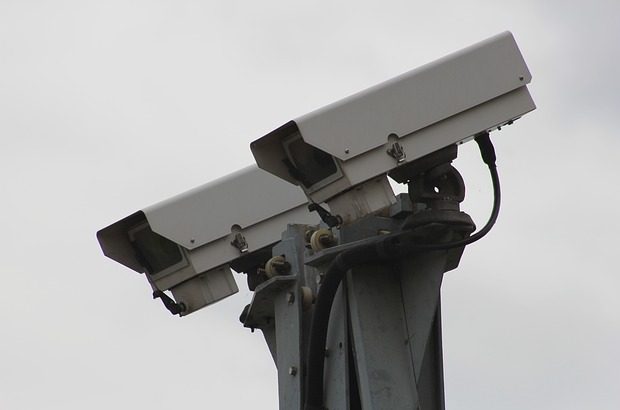
Video Surveillance Systems are operated by most Local Authorities in England and Wales and are intrinsically linked with operational policing to protect the public and ensure their safety. So how effective are they and is the cost of installing and operating those systems really worth it?

Hello, my name is Dr Rachel Adams and I’m an Early Career Researcher with the Information Law and Policy Centre, Institute for Advanced Legal Studies, University of London. I’m also a member of the Surveillance Camera Commissioner’s Automatic Number Plate Recognition Independent …
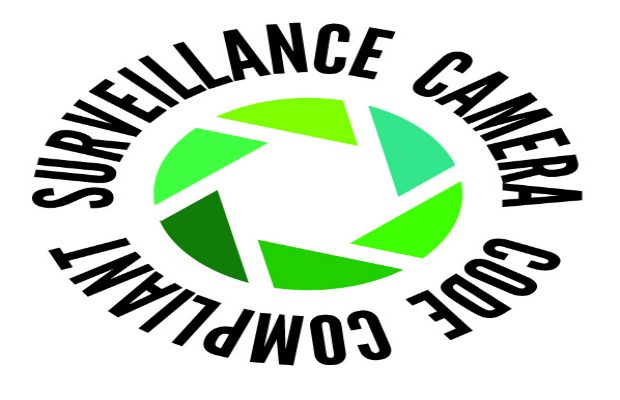
There’s been a lot of focus recently in the press about the potential mass intrusion of surveillance cameras and I’ve recently blogged myself about CCTV in taxis and the use of automatic facial recognition technology. These are big ticket items …